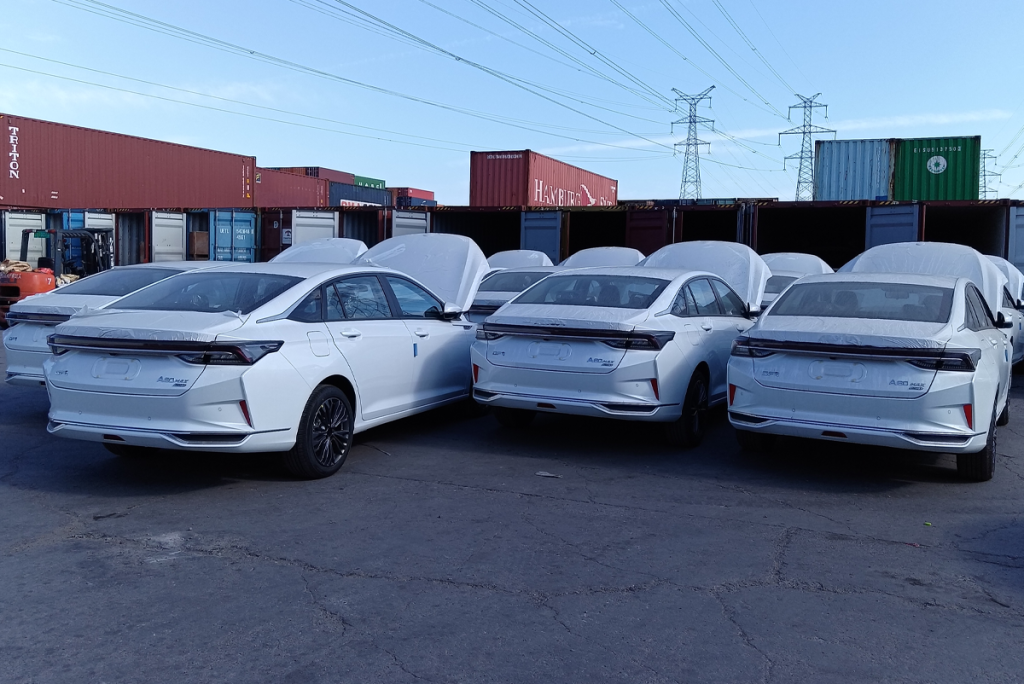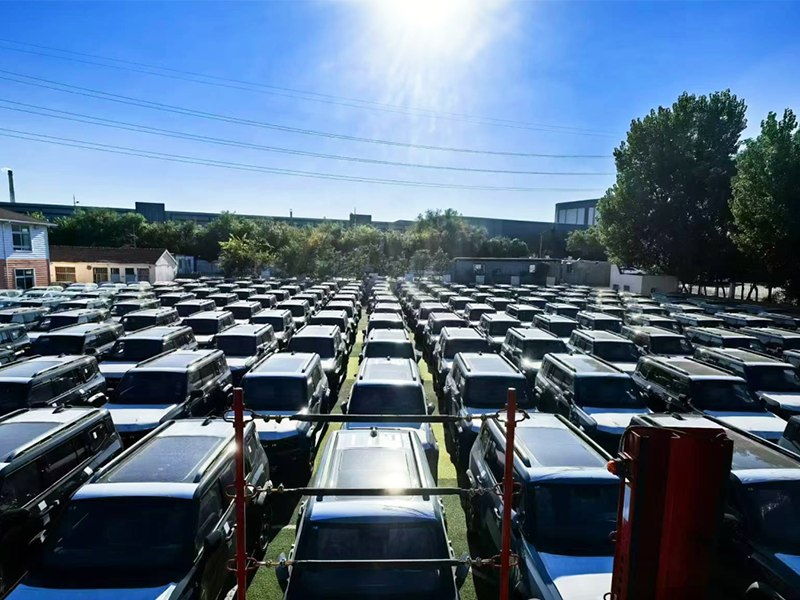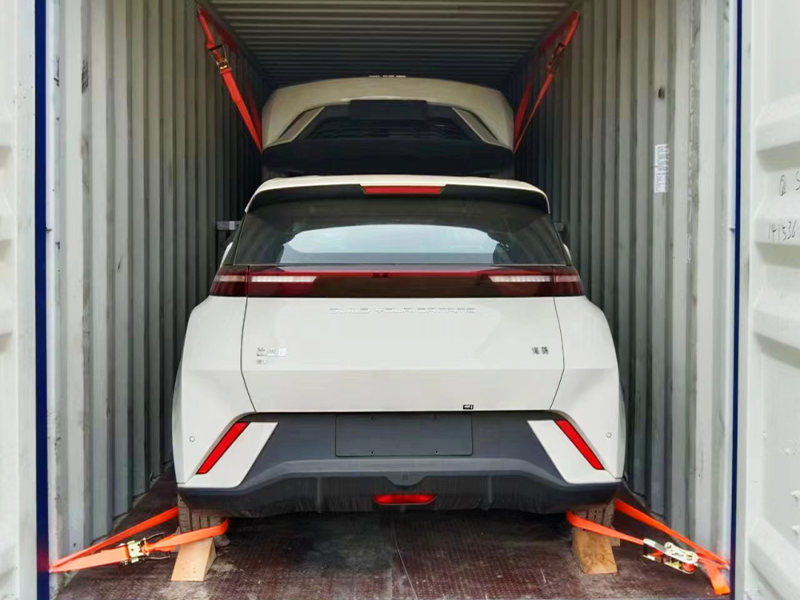With over 31 million vehicles produced in 2024, China solidifies its position as the world’s largest automotive manufacturing nation. As Chinese auto brands expand globally, an increasing number of buyers worldwide are looking to import cars from China. While partnering with the right supplier streamlines the process, navigating the full import journey requires careful planning. This blog breaks down the entire process of importing cars from China into 8 straightforward steps.
Table of Contents
Toggle4 Key Reasons to Import Cars from China
Before diving into the nitty-gritty of importing, let’s explore the core advantages of choosing Chinese automobiles:
- Attractive Price Points
Chinese cars are priced 20-30% lower than many international brands. For example, while a basic Tesla Model 3 costs around $48,000, you can easily purchase a comparable EV from BYD or Avatr for under $35,000. - Reliable and Technologically Advanced Vehicles
Outdated myths about the reliability of Chinese cars are quickly being debunked. Brands like BYD, Zeekr, and IM Motors are winning global reliability awards, demonstrating their commitment to quality. - EVs and PHEVs with Industry-Leading Range
Chinese automakers are now at the forefront of electric vehicle technology, producing EVs and PHEVs with exceptional driving ranges and ultra-fast charging capabilities—rivaling and often surpassing models from Western brands. - Streamlined Import Process and Favorable Regulations
Despite initial perceptions, importing from China is remarkably straightforward. As an export-driven economy, China prioritizes ease of trade, making the import process significantly simpler than from the EU or the US.
8 Easy Steps to Import a Car from China
1. Find a Trustworthy Car Supplier
The first critical step is identifying a reliable supplier. Thoroughly research the market through B2B platforms, industry exhibitions, or referrals. A reputable supplier like CarlinksAuto can handle the entire process on your behalf. Contact our sales team today to start your import journey with confidence.
2. Select Your Vehicle and Negotiate Pricing
Choose a model that meets your requirements and negotiate the price if needed. Ensure the vehicle is eligible for import in your country by checking local regulations and certification requirements (e.g., EPA, Euro standards).
3. Complete Chinese Registration and Pre-Shipment Inspection
Before shipment, the vehicle must be registered with Chinese authorities and undergo a comprehensive inspection to ensure it matches your order. Relevant compliance certificates (e.g., CCC certification) must also be prepared.
4. Handle Pre-Import Regulations
Secure import permits and complete customs documentation, which may include:
- Bill of Lading
- Commercial Invoice
- Certificate of Origin
- Import Licenses/Permits
You can manage this yourself or hire a professional importer to minimize errors.
5. Understand Total Import Costs
Be aware of all associated expenses, including:
- Vehicle invoice price
- VAT/GST and import duties (varies by country)
- Modification costs for local compliance
- Chinese export fees (e.g., customs clearance, port charges)
- Freight and insurance
- Local handling fees (storage, delivery, registration)
- Insurance and registration costs in your country
6. Choose a Reliable Logistics Partner
Selecting the right shipping method is crucial:
- Roll-on/Roll-off (RoRo): Cost-effective for single or multiple vehicles, ideal for standard-sized cars.
- Full Container Load (FCL): Safer for high-value vehicles or combined shipments with parts.
- Shared Container Services: Suitable for small orders but may involve longer transit times.
7. Clear Customs and Pay Import Duties
Upon arrival, local authorities will verify documents and calculate duties. Your vehicle must pass a compliance test and customs inspection to ensure it meets safety, emissions, and anti-theft standards.
8. Local Compliance and Registration
After customs clearance, work with your country’s automotive regulatory body to:
- Make any required modifications (e.g., safety or emissions upgrades)
- Submit registration paperwork
- Pass a local safety inspection
- Obtain vehicle insurance
- Pay registration fees and taxes
Note: Regulations may vary by country, so verify requirements beforehand.
Final Thoughts: Is Importing from China Worth It?
Absolutely. With competitive pricing, advanced technology, and a streamlined import process, importing cars from China offers significant value. CarlinksAuto simplifies every step, having assisted thousands of clients globally. Visit our website to browse vehicles, and let our team handle the rest.
Still unsure? Leave your questions in the comments, and we’ll respond promptly. For more insights on importing to your country, explore our blog or contact our customer support.
Choose CarlinksAuto for a seamless, transparent import experience!








